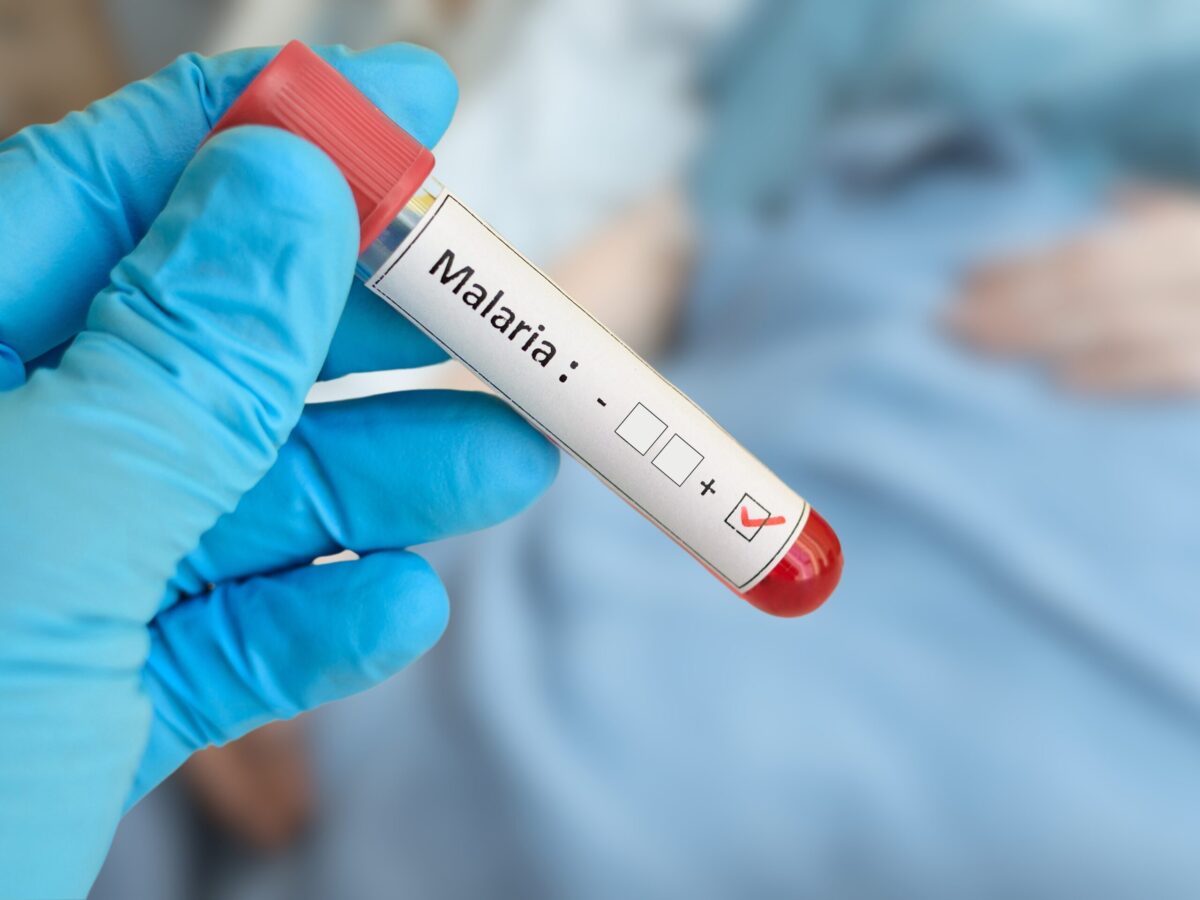Non-invasive liquid biopsies could help clinicians determine whether a cancer patient is adequately responding to treatment, and give indications as to why some therapies aren’t working, according to researchers from Massachusetts General Hospital Cancer Center. The doctors presented their research at this year’s European Society for Medical Oncology (ESMO) 19th World Congress on Gastrointestinal Cancer.
Liquid biopsies are often blood tests which are capable of detecting minute amounts of tumor DNA in the circulatory system. When it comes to assessing a patient’s response to treatment, it’s much easier to draw a vial of blood compared to performing invasive tissue biopsies.
“We have shown that integrating regular liquid biopsies into our patients’ routine care is feasible and easily incorporated into clinical practice,” said Dr. Aparna Parikh, a specialist in gastrointestinal cancers from Mass General. “This technology can precisely help us understand each patient’s individual disease course and allows us to tailor care based on an understanding of their specific disease biology.”
In a small study of almost 40 patients diagnosed with gastrointestinal cancers, Parikh and her colleagues sought to determine why some cancer therapies became less effective the longer they are used. Liquid biopsies were performed on each of the patients, and the circulating tumor DNA was analyzed for mutations that might be contributing to increased resistance to treatment.
The results of the liquid biopsies found that 31 of the patients had tumors with at least one mutation, while 14 of them had two or more. In comparing the accuracy of the liquid biopsy with traditional tissue biopsy, the research team found that in two thirds of the patients, the liquid biopsy identified additional mutations.
“This work elegantly reports that the use of clinical liquid biopsy panels can effectively identify multiple heterogeneous and co-occurring mechanisms of acquired drug resistance, all in a non-invasive manner,” said Dr. Frederica Di Nicolantonio, an ESMO spokesperson from the Candiolo Cancer Institute and University of Torino in Italy. “Clinicians should be able to better individualize patient care based on results from this technology.”
These findings suggest that not only could a liquid biopsy be a reliable way to characterize a patient’s tumor, but it may also be more accurate at identifying treatment-resistant mutations than invasive tissue biopsies. “Identifying what specific mutations are responsible for treatment resistance is very important in helping clinicians choosing what treatment path a patient should try next, whether it be another drug or perhaps radiation,” said Parikh.
Despite their clinical potential, liquid biopsies are still not used as often as tissue biopsies in cancer centers. However, Parikh says that the diagnostic has the potential to be transformative in the field of cancer treatment.
“We have shown this approach is feasible across many different GI cancers,” said Parikh. “The next step is to study how best to use this new technology in daily practice. It’s important for clinicians to understand its utility as well as its limitations.”












Join or login to leave a comment
JOIN LOGIN